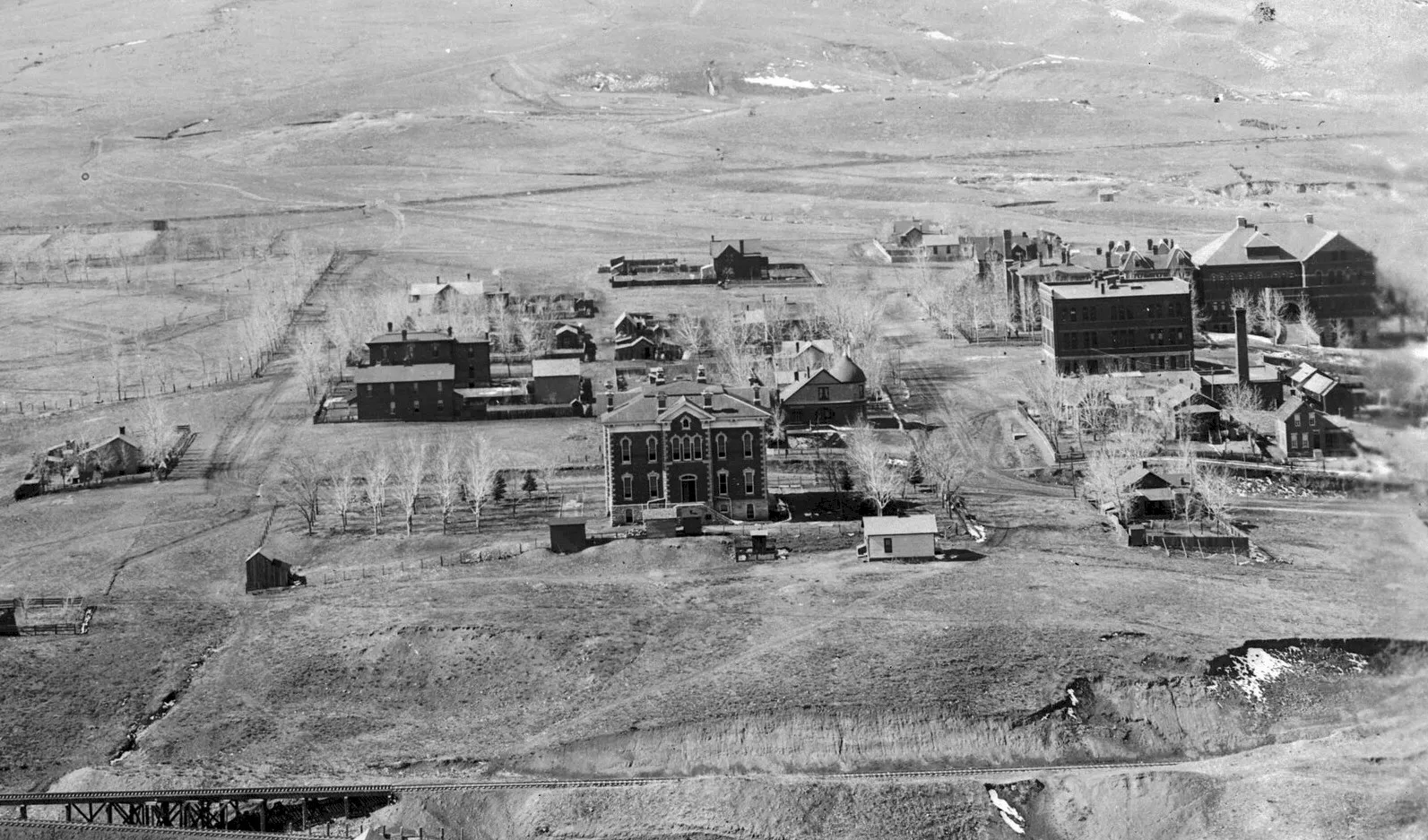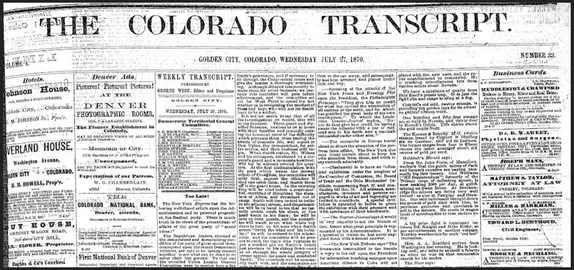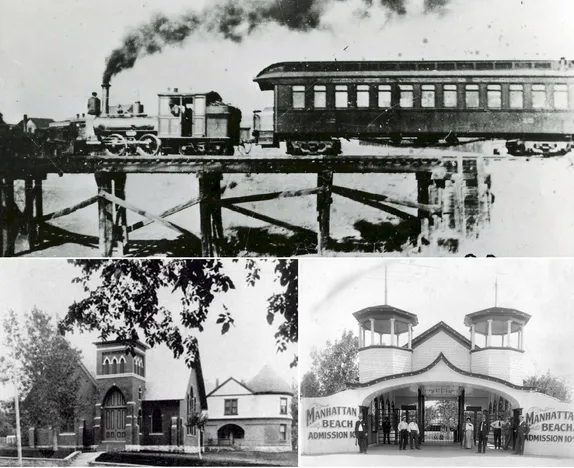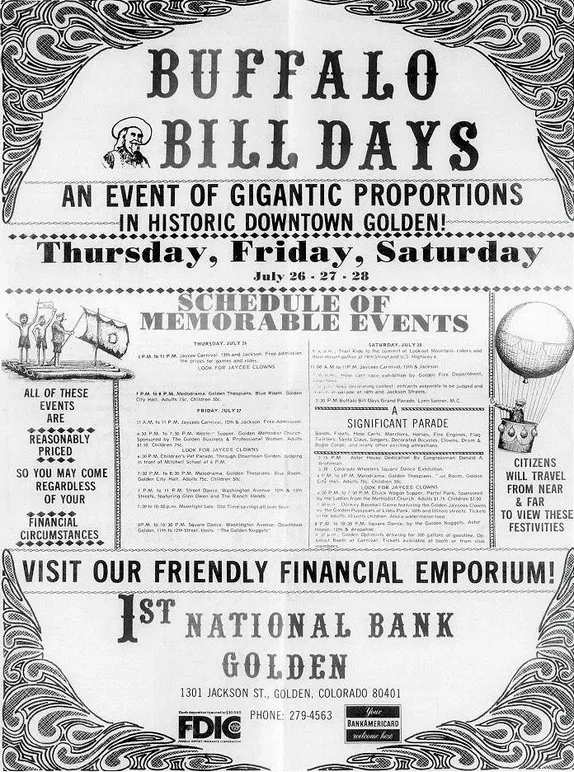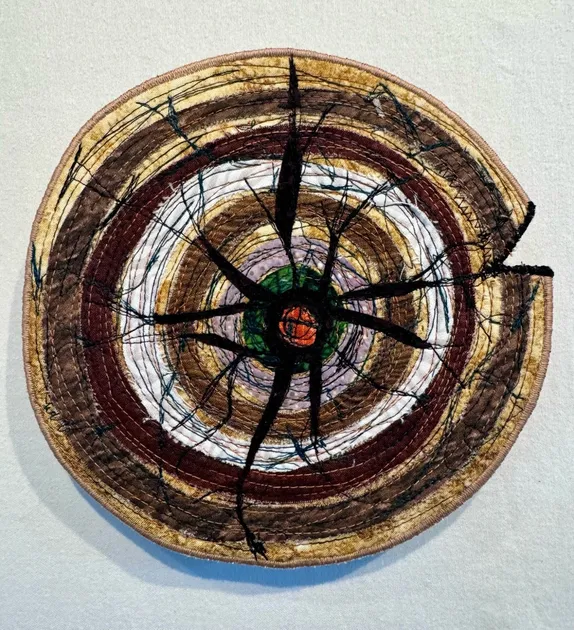The Colorado School of Mines wasn’t always the quiet, scholarly place it is today.

117 Years Ago
The April 11, 1907 Colorado Transcript announced that the students and faculty of the School of Mines had settled their differences over a hazing incident. Hazing was an established tradition at that time, with each class aligned against the others. That year, the hazing process involved each group attacking the others and trying to bind the “enemies” hand and foot with rope.
In 1907, the School’s President, Victor Alderson, took exception to a hazing incident and expelled six of the students. The freshman, sophomore, and junior classes all declared they would go on strike if the six were not reinstated. The president said all of the students would be expelled if they didn’t show up in class.
The issue was resolved when the entire sophomore class visited the president’s home, confessed their guilt, and offered to receive the same sentence as the six who had been expelled.

President Alderson commended the students for their “manliness,” distributed cigars all around, and reinstated the formerly expelled students. He mandated that in future, all hazing would be strictly forbidden.

In 1917, the United States entered World War I, and in the fall of 1918, all male students were required to serve in the Student Army Training Corps. The Army effectively took control of student schedules, and left no time for student pranks.
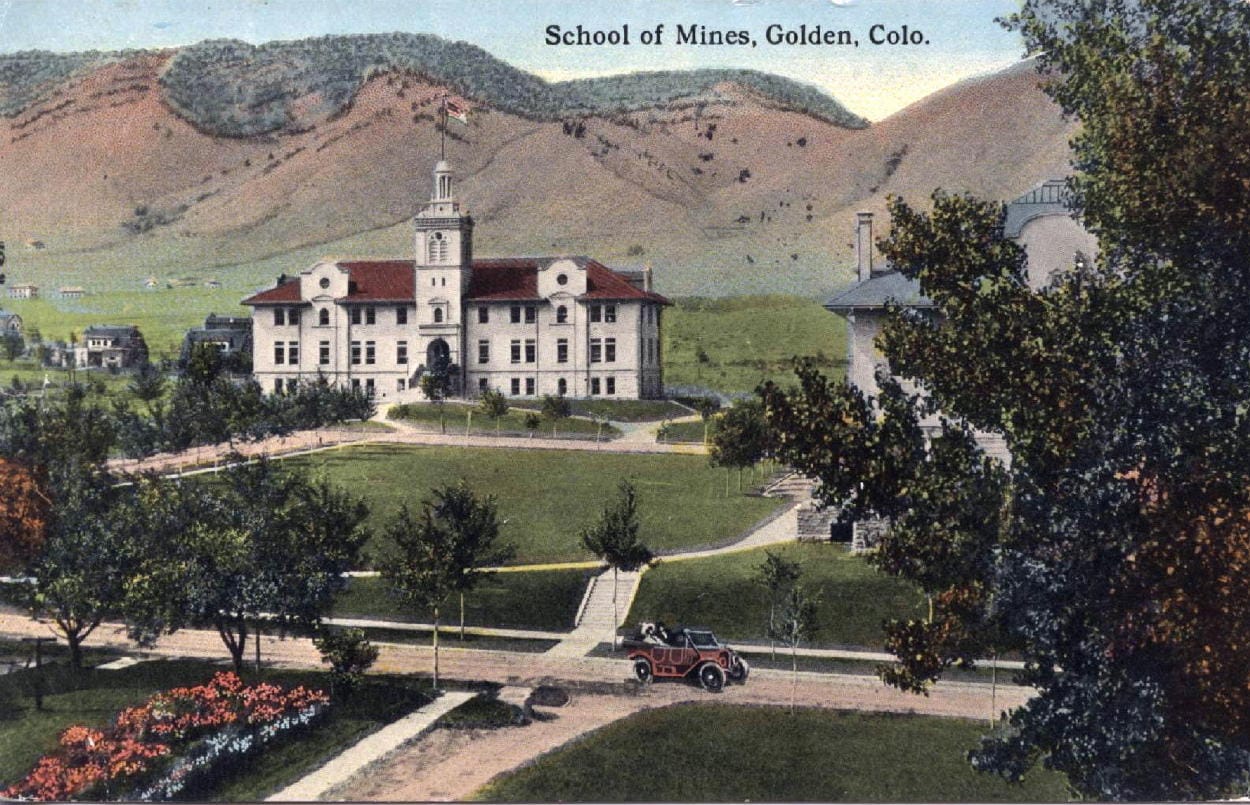
The good behavior didn’t last. As described in Rocky Mountains to the World: A History of the Colorado School of Mines:
During 1915 and 1916, it was not unusual for students to ride around Golden in cars while shooting off revolvers and throwing lighted sticks of dynamite onto the streets.
The same book describes an event in 1917:
…with drinking, starting fairly early in the morning. By afternoon, many students were feeling little or no pain. During the baseball game, the sophomores began a favorite campus sport called “wrinkling,” an activity involving the forceful rubbing of dirt and stones into the bare abdomens of prostrate freshmen. On this particular day, however, a faculty member was “wrinkled”–an indiscretion that later resulted in five sophomores being suspended.
This event proceeded similarly to the 1907 incident: the student body went on strike and the faculty relented, with all students–included those who had been suspended–being allowed to return to class.
In 1959, one student shot another when he was threatened with forcible shaving of his beard.
Fortunately, hazing has greatly declined over the years.
Thanks to the Golden History Museum for providing the online cache of historic Transcripts, and to the Golden Transcript for documenting our history since 1866!

